Why make a trip to the pharmacy when you can just visit your backyard? From St. John's Wart to chamomile, here's your zone-by-zone guide to botanical remedies.
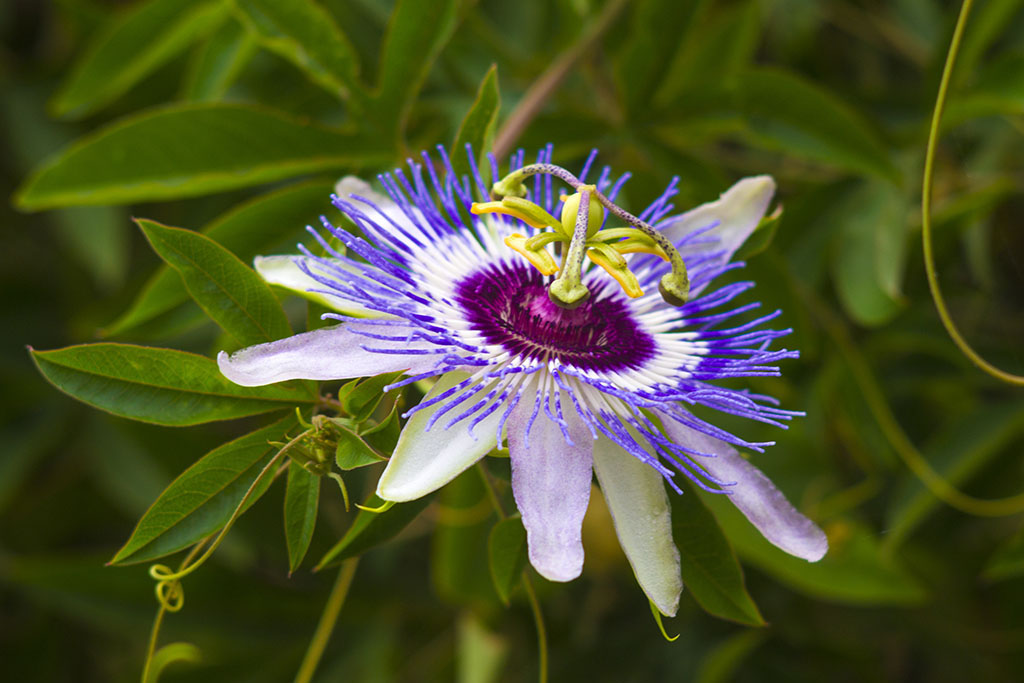
All of the herbs below have a long history of medicinal use and are widely recognized as safe. Still, always consult with a professional herbalist and/or physician to ensure that there are no contraindications with medications you’re taking or pre-existing medical conditions you have.
Use this interactive map from the USDA to find your plant hardiness zone, so you’ll know what you can plant where you are.
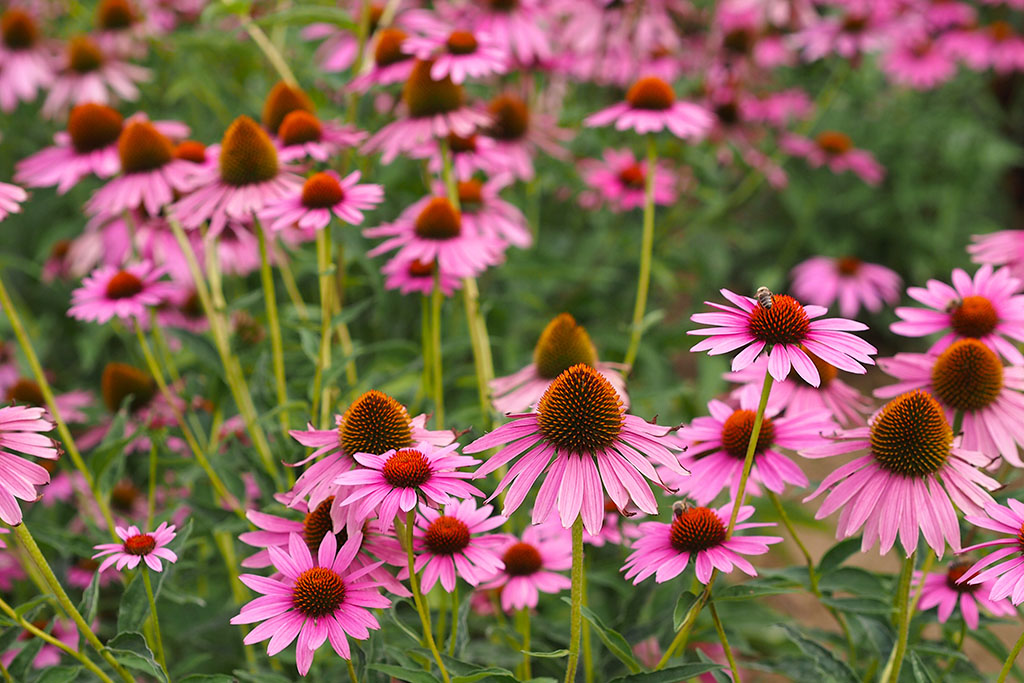
Echincaea purpurea. Nadalina/Shutterstock.com.
[mf_h2 align=”left” transform=”uppercase”]Echinacea (Echincaea purpurea and Echinacea angustifolia) ”“ Zones 3 to 9[/mf_h2]
Commonly called coneflower, this native plant is prized for its ornamental qualities, as well as its immune boosting properties. Only the roots have medicinal potential, so you’ll have to dig up the plant to harvest them in the fall for use in both teas and tinctures. Echinacea can be grown from seeds or seedlings in full sun and reaches heights of about 2 feet.

Passiflora incarnata. weter 777/Shutterstock.com.
[mf_h2 align=”left” transform=”uppercase”]Passionflower (Passiflora incarnata) ”“ Zones 5 to 9[/mf_h2]
While passionflower blossoms are beautiful to behold, it’s the leaves of this cold-hardy species that house medicinal applications, as both a mild sedative and an aphrodisiac. Harvest in spring, summer, or fall. Use in teas and tinctures. Passiflora incarnata can be grown from seeds or seedlings in full sun and reaches heights of about 20 feet.
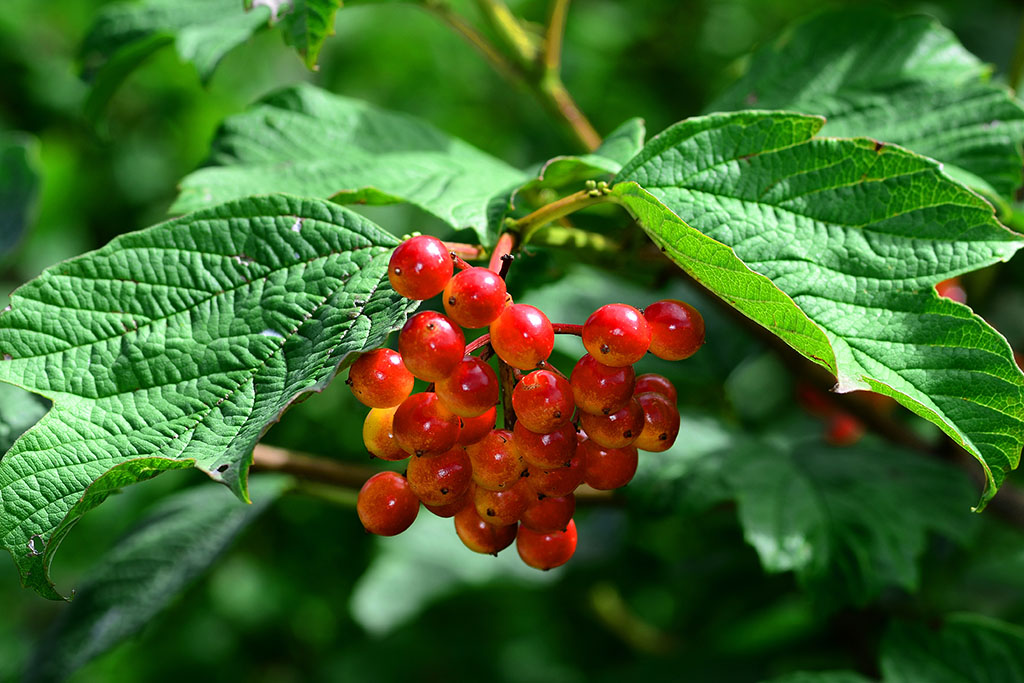
Viburnum opulus. Bildagentur Zoonar GmbH/Shutterstock.com.
[mf_h2 align=”left” transform=”uppercase”]Cramp Bark (Viburnum opulus) ”“ Zones 3 to 8[/mf_h2]
The bark of this European shrub – also known as snowball bush, highbush cranberry, and guelder rose – is employed to relieve menstrual cramps (which explains one of its common names). In early spring, when the sap starts to flow, just before the leaves appear, the bark peels easily from the smaller branches. It’s primarily used in tincture form. Viburnum opulus should be grown in full sun and will reach heights of 8 or 10 feet.
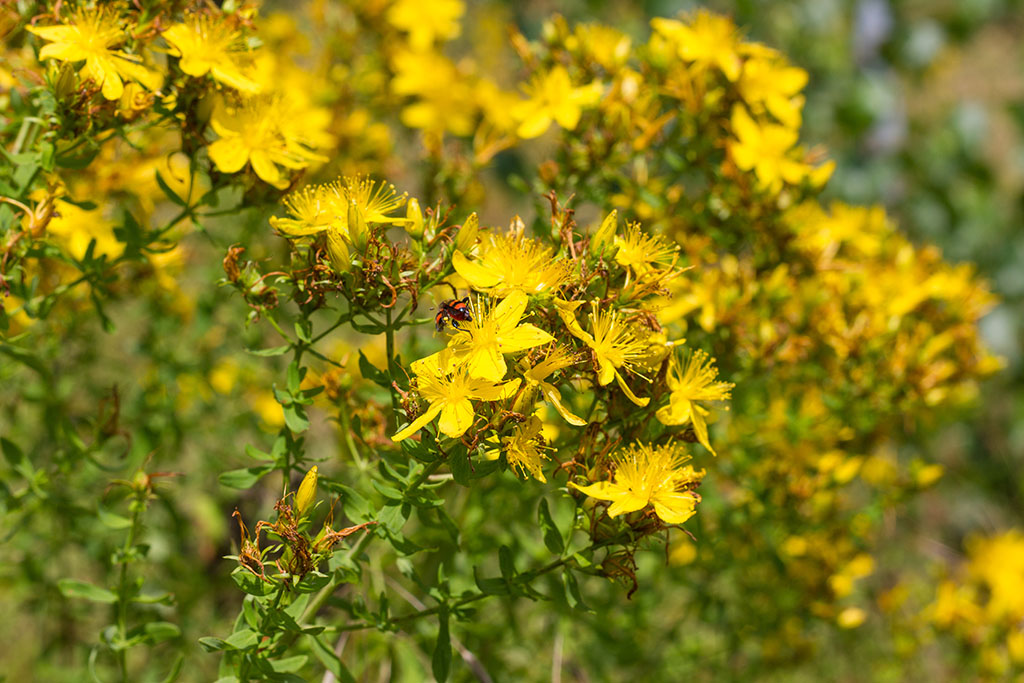
Hypericum perforatum. Shutterstock/Cora Mueller.
[mf_h2 align=”left” transform=”uppercase”]St. John’s Wort (Hypericum perforatum) ”“ Zones 3 to 8[/mf_h2]
These bright yellow blossoms are more frequently called upon to treat mild depression and other mood disorders, though a variety of other medicinal benefits have been attributed to them. The flowers are harvested in summer for use in tea or tincture. St. John’s Wort can be grown from seeds or seedlings in full sun and reaches heights of about 2 feet.
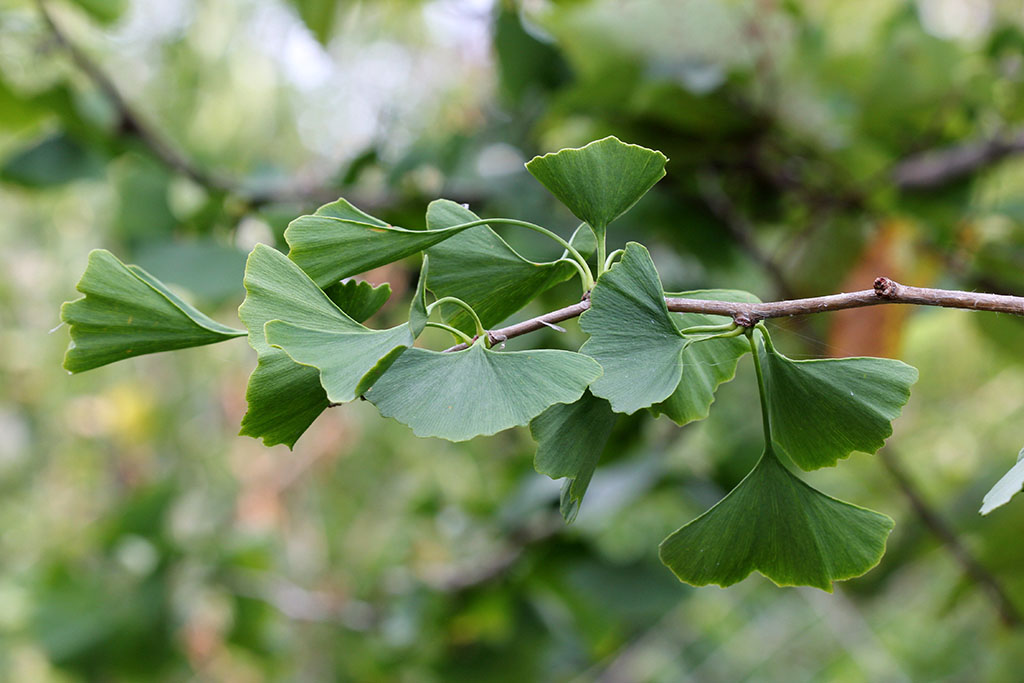
Gingko biloba. Rogatnykh/Shutterstock.com.
[mf_h2 align=”left” transform=”uppercase”]Gingko (Gingko biloba) ”“ Zones 3 to 9[/mf_h2]
This Asian tree has a long history in traditional Chinese medicine, involving a range of conditions, from glaucoma to heart disease. Today, in Western culture, Gingko biloba is associated with improved memory function. Harvest the leaves in spring or summer; primarily used in tincture form. Gingko can be grown from seedlings in full sun and grows slowly to 50 feet or more.
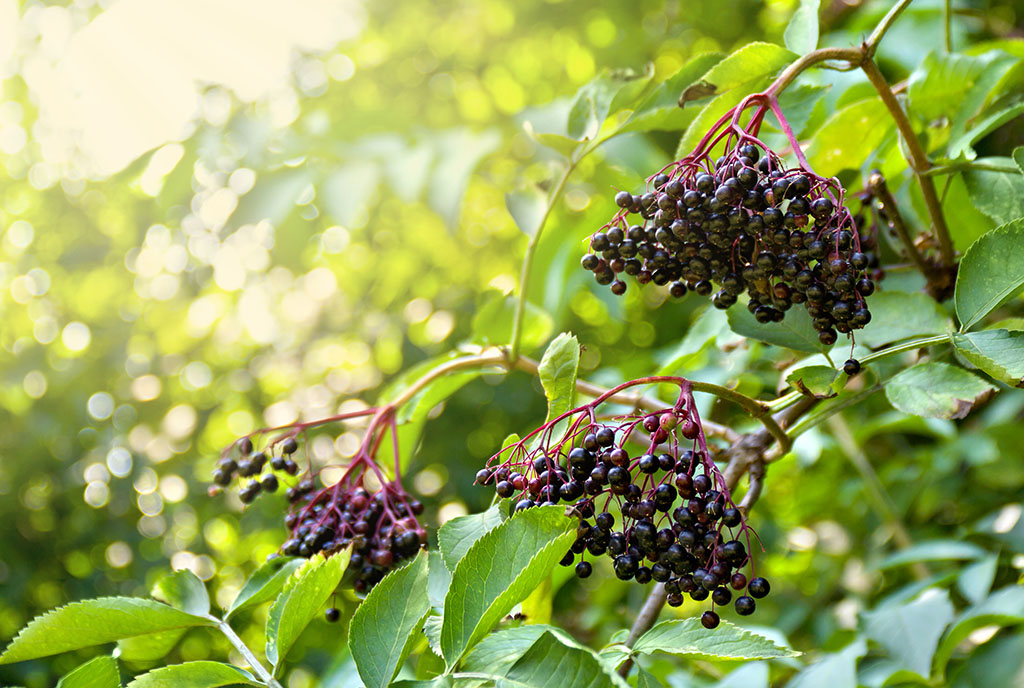
Sambucus nigra. Anastasiia Malinich/Shutterstock.com.
[mf_h2 align=”left” transform=”uppercase”]Elderberry (Sambucus nigra) ”“ Zones 3 to 9[/mf_h2]
Both the creamy, saucer-shaped blossoms and purplish-black berries of this European shrub have been adapted to ease cold and flu symptoms, particularly bronchial irritation and coughing. Harvest the flowers in spring and the berries in late summer for use in both teas and tinctures. Elderberry cough syrup (made with honey, cinnamon cloves, and ginger) is one of the most popular ways to take it. Elderberry should be grown in partial sun and will reach heights of 10 to 15 feet.
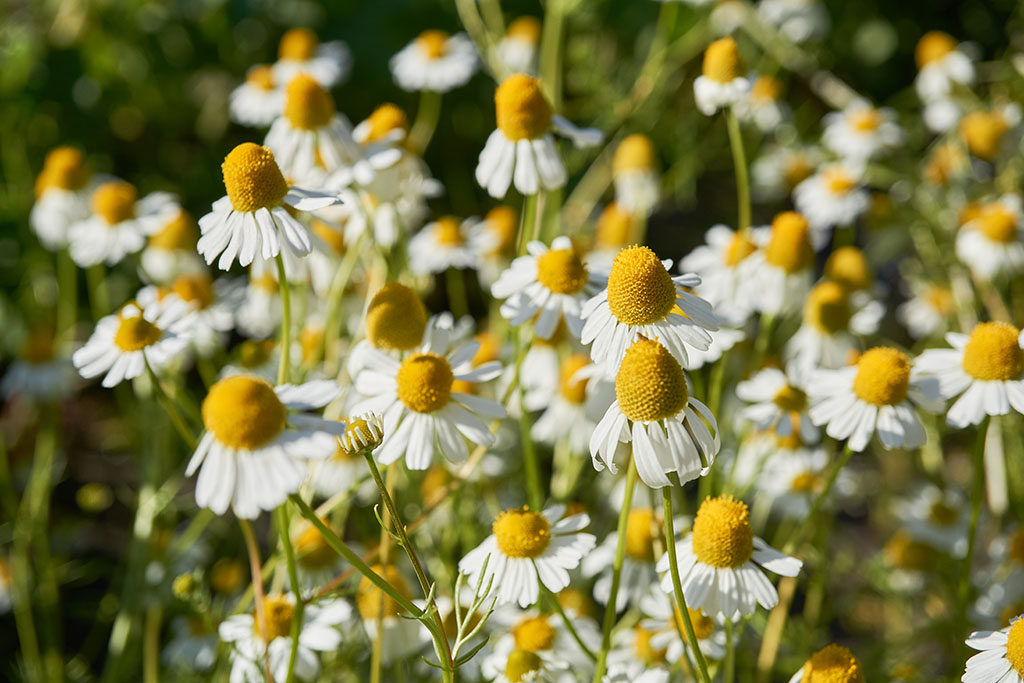
Matricaria recutita. vinbergv/Shutterstock.com.
[mf_h2 align=”left” transform=”uppercase”]German Chamomile (Matricaria recutita) ”“ Annual[/mf_h2]
This dainty daisy-like flower has long been a popular Western remedy for everything from chest colds and stomachaches to anxiety and insomnia. The flowers are used for medicinal purposes, generally as a tea. Harvest in summer. Chamomile can be grown from seed in full sun and reaches heights of about 18 inches.
Big learning curve for me, but so amazing that beneficial life foods and herbs aee all around us.